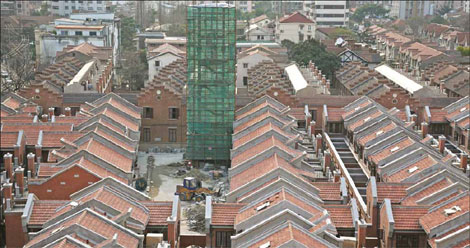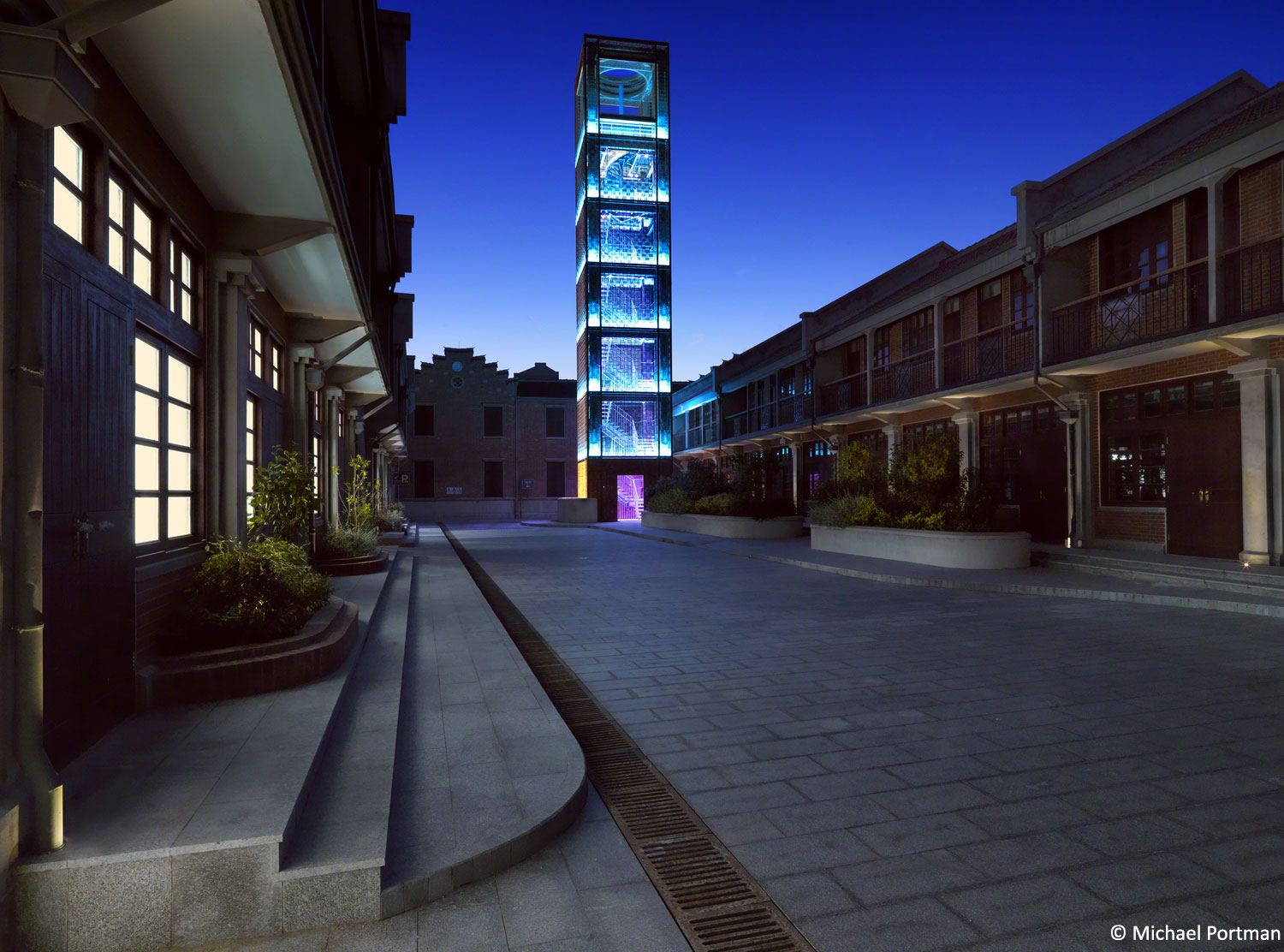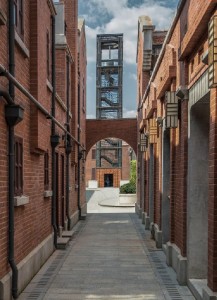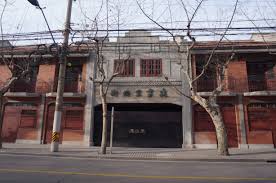Shikumen Builders – Fonciere et Immobiliere de Chine
Posted: April 20th, 2016 | 1 Comment »Interesting news that a hotel group is developing a hotel in a shikumen – press release here, indeed in the largest remaining cluster in the old French Concession. While the press release contains rather a lot of bluster about the buildings and a few inaccuracies as to their date and origins (while making no mention of course of the fact that this project is only rare because of the mass destruction of Shanghai’s traditional architecture) it does note that the original builder of the development was the French company Fonciere et Immobiliere de Chine. The project, Jian Ye Li, is a 463,000 square foot redevelopment project (basically encompassing the French Concession’s largest remaining cluster of shikumen) that began in 2011 and overseen by Portman, who Shanghai architecture fans will probably know with some stomach churning.
Though described in the release as a ‘landmark of the 1930s’ the buildings were constructed, as with most shikumen, in the 1920s. As the development was in the French Concession the architect was French and the financier also French, Fonciere et Immobiliere de Chine. With the large-scale destruction of shikumen in Shanghai Jian Ye Li became a “historical preservation site” (in the case of Shanghai this does not mean preserving the former residents of course but “repurposing” their former homes and shops into high end redevelopments – residents from the Jian Ye Li site were relocated and compensated but there was resistance to both relocation areas and compensation amounts predictably). The site is on the far western side of the former French Concession, just off Hengshan Road (formerly Avenue Petain) by Jianguo Road West (formerly Route Frelupt) and not far from Xujiahui (formerly Siccawei). These properties were well built in general though had, as with most shikumen, deteriorated in recent decades (no room here to go into all the myriad reasons for that) though were hardly “squalid” as described by one property market analyst. There’s a property industry assessment of the project here that rather glosses over this aspect of the development – indeed seems to only worry that unhappy former residents protesting might be a bad thing and considered, “how this might affect the marketability of the residential units and leasing of the retail space.”
And so to the developer. There’s a rather detailed description of the Jian Ye Li development in Hanchao Lu’s Beyond the Neon Lights:Everyday Shanghai in the Early Twentieth Century. Fonciere et Immobiliere de Chine were big in Shanghai development in the 1920s, in the 1920s their share listing was greater than that of many of the other major players such as Asia Realty, Cathay Land and Metropolitan Land. They were, in capitalisation terms, the largest of the major developers in Frenchtown alongside Credit Fonciere d’Extreme-Orient. The company was established in Shanghai in 1920 with 2,000,000 taels ($2,800,000) in capital. As well as their own properties in the concessions they managed those of the International Savings Bank. Their main offices were at, the rather prestigious, number 7 Avenue Edward VII (Yanan Road now). BTW:Â there is a company called Fonciere et Immobiliere de Chine, still in existence; but I’m not sure they’re related as that appears to have been established in 1959.





All the shikumen in Jianyeli were entirely demolished, except for a narrow strip of houses in the west part of the site (they were to serve as a model). Peeking through the gate of the site in 2011 I saw complete, flat nothingness. Then the rows of shikumen were rebuilt, with alterations, and some were placed at an angle to accommodate the tower. So Jianyeli is entirely new, except for its west block. This explains why the design of the facades on Jianguo Rd looks distinctly modern.